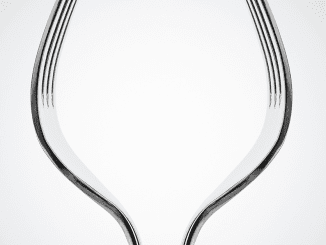Ear infections are common among kids, but they also impact about 20% of grown-ups. This is normal because adults can be affected by bacteria and viruses, similar to children. People with weak immune systems and ear inflammation need to be more cautious.
While they are often mild and clear up on their own, it’s important to be able to recognize the signs of an ear infection so you can seek proper treatment if needed.
Here are 6 key symptoms to watch out for that may indicate an ear infection:
1. Pain or discomfort
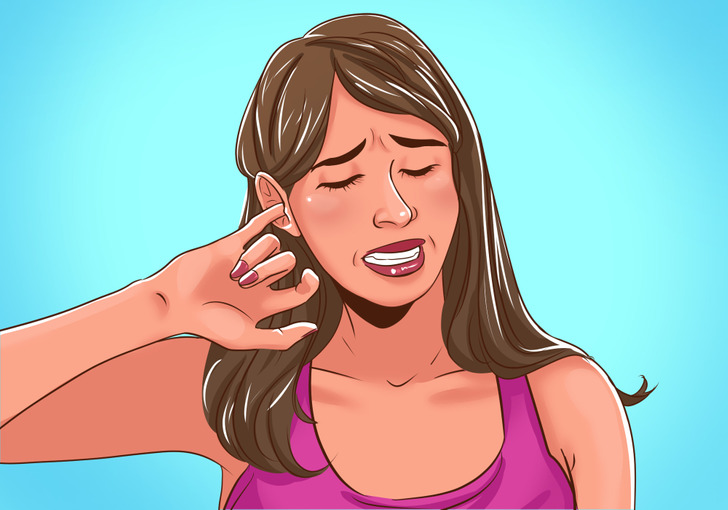
- Initially, you may experience overall pain in your ear, particularly when tugging on the earlobe or pressing the tragus. Over time, you might sense a fullness in your ear. In more serious instances, the pain may extend to your face, neck, or the side of your head.
2. Redness on the inner and outer parts of the ear
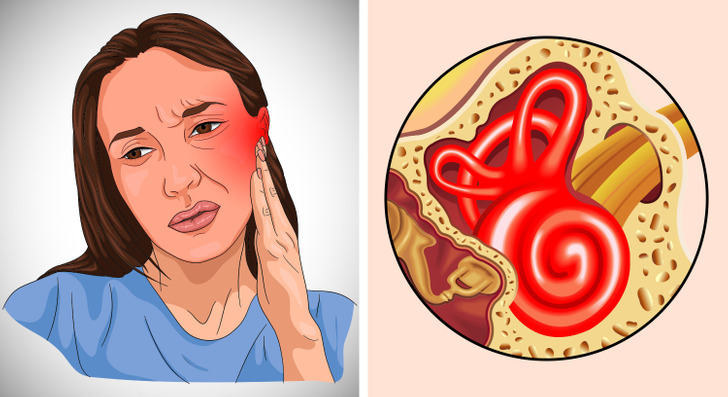
- It may begin with slight redness in the inner ear canal. However, as it advances, the redness can become more apparent not only inside but also outside the ear.
3. Itchiness
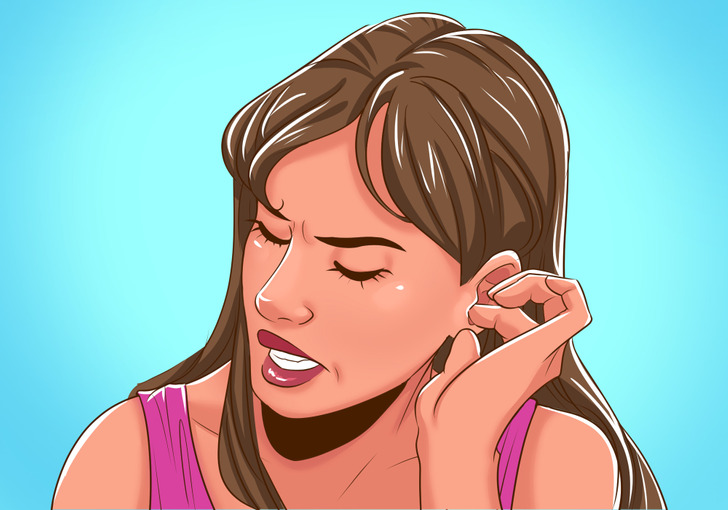
- It may begin with a slight itchiness in the inner ear canal, and it can worsen if the infection is left untreated.
4. Drainage of odorless fluid
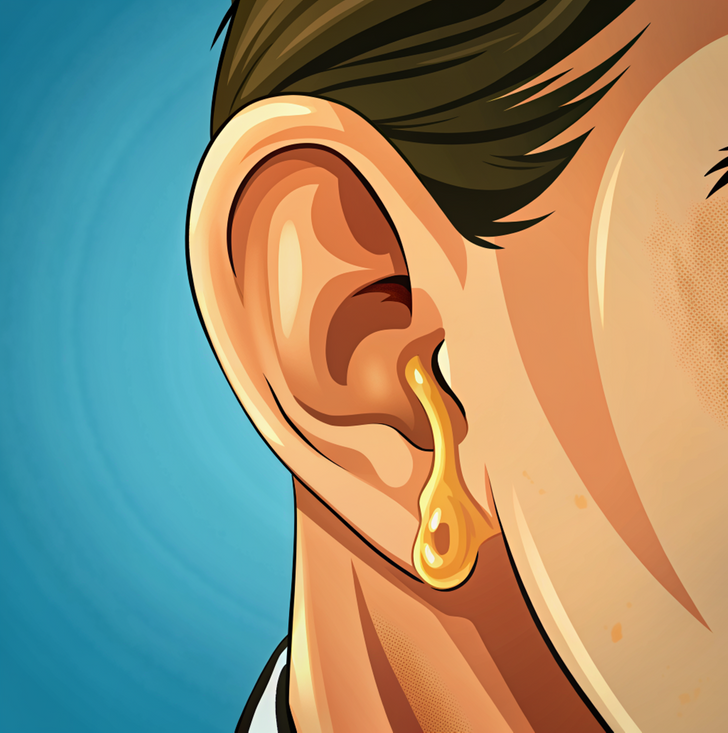
- Similar to the other symptoms, the odorless fluid may be minimal initially, but as the infection progresses, it can become more abundant.
5. Swollen neck lymph nodes

- When left untreated, the infection can lead to visibly swollen lymph nodes. This can result in a fever, as the entire ear canal is likely to be completely blocked.
6. Muffled hearing or ringing
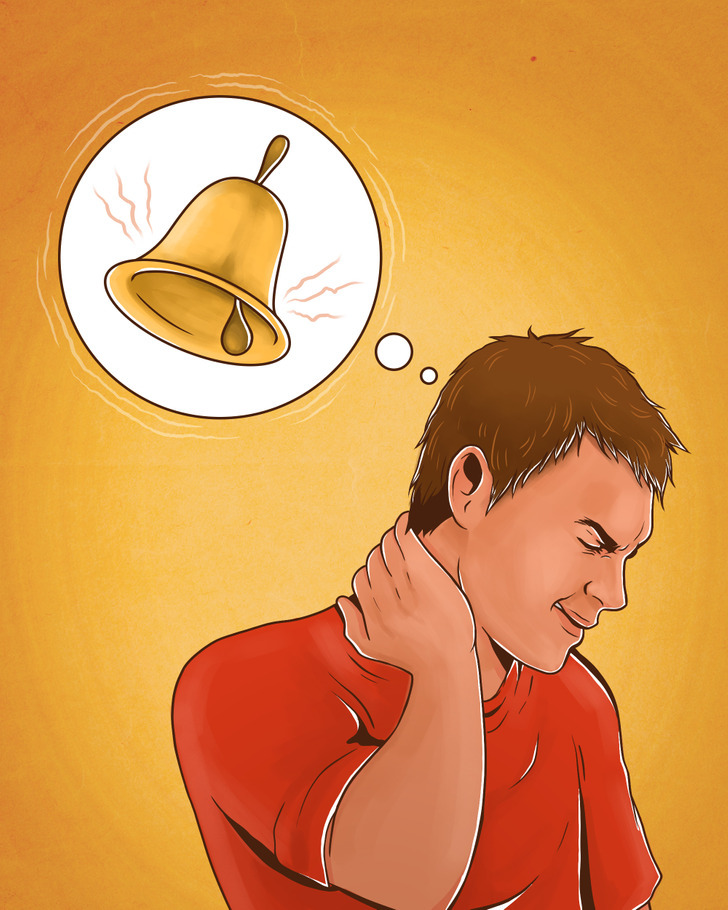
- In mild cases, this symptom may be absent, but in more severe instances, your hearing might be impacted. You may feel a reduced ability to hear or experience constant ringing deep inside your ear.
By following these simple steps, you can effectively prevent it
1. Avoid using cotton swabs or other foreign objects
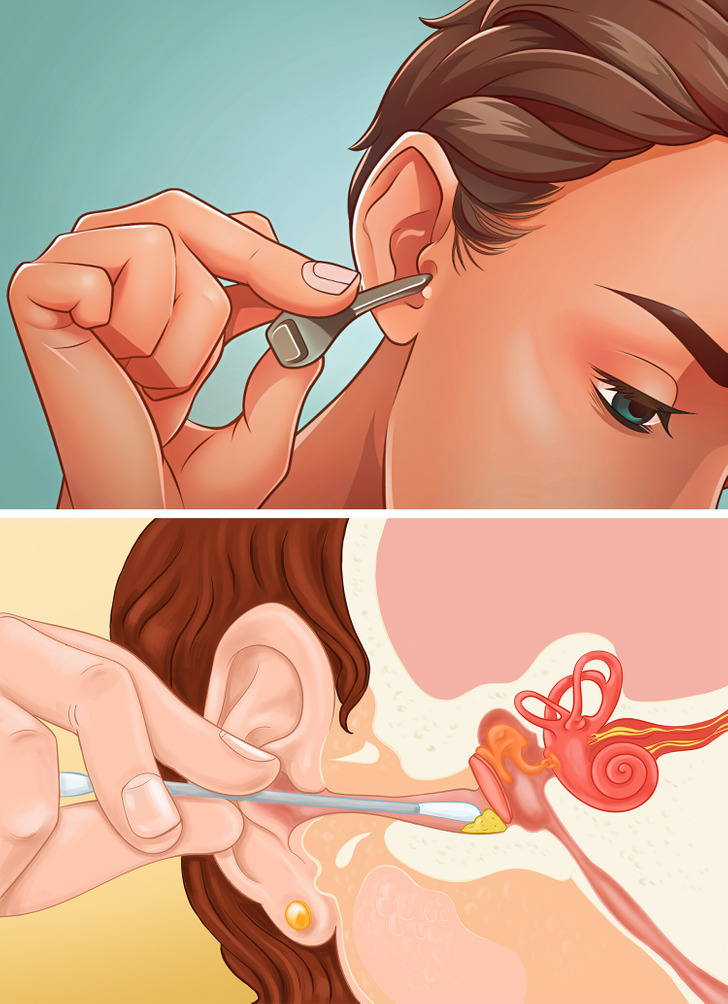
Cotton swabs might seem like a way to clean your ears, but they can actually push earwax deeper. If using them causes discomfort, it’s best to stop. Avoid using foreign objects such as keys, hairpins, or paper clips to scratch your ears, as they can also push earwax deeper, irritate the skin, and potentially cause harm.
2. Keep your ears dry by using a blow-dryer
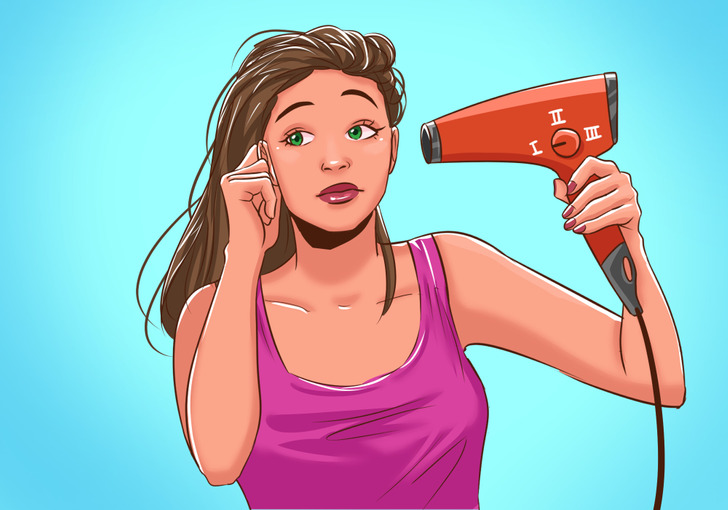
After leaving the water, ensure thorough drying of your ears by tilting your head and using a towel. Tilt your head and pull the earlobe in different directions to help water escape safely. If you still sense water in your ear after returning home, use a blow-dryer on low speed and low heat to dry them.
3. Use a swimming cap or earplugs
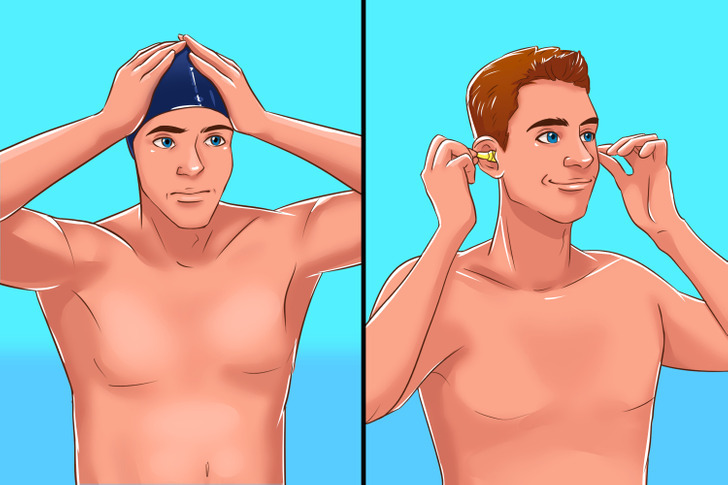
For those more prone to ear infections, consider wearing a swimming cap to block water entry. Additionally, using earplugs, if comfortable, can be helpful. Consult your doctor or physician for additional precautions tailored to your situation.
As you become more attuned to your body’s signals and learn to recognize the signs of an ear infection, it’s equally important to extend that awareness to other aspects of your health. Your nails, for instance, can reveal a lot about your overall well-being. Stay tuned for our next article, where we unravel the secrets of maintaining healthy, strong nails with 12 expert tips and share fascinating facts that will transform the way you care for them.
